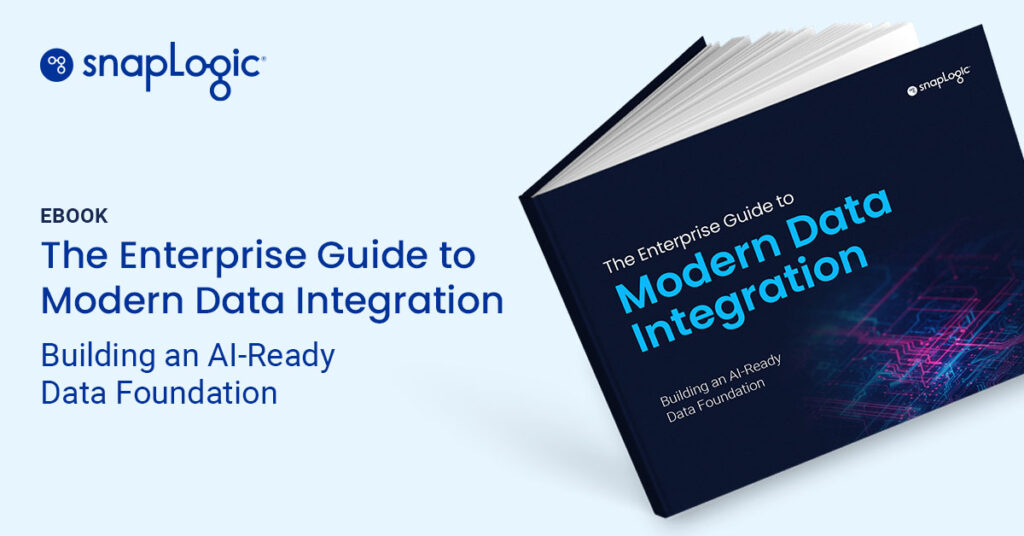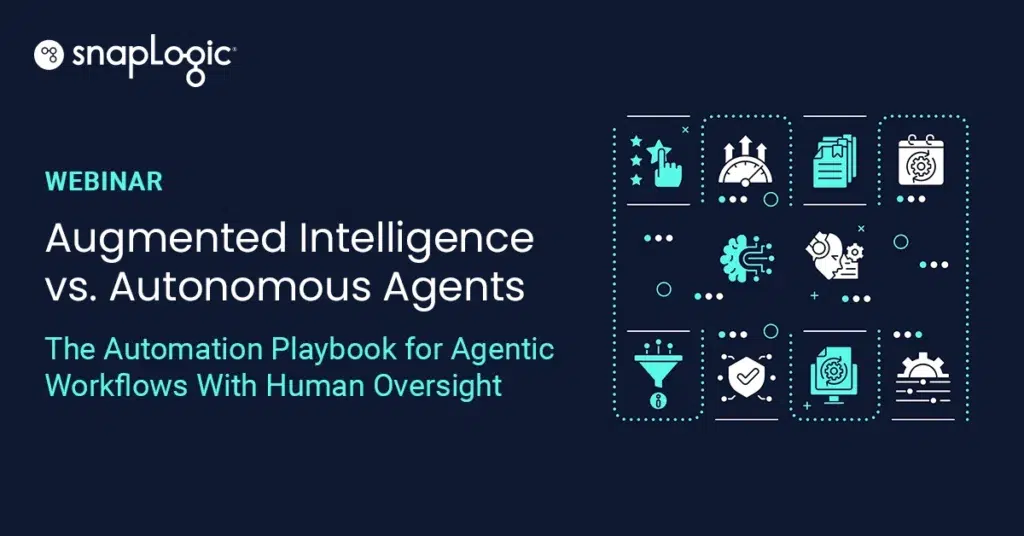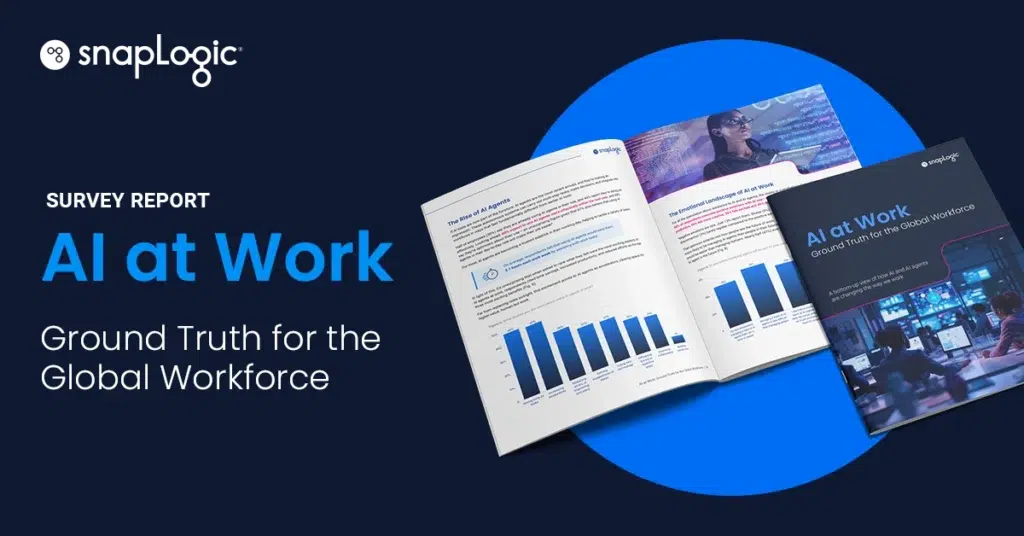Was bedeutet Datenhoheit?
Der Grundsatz der Datensouveränität besagt, dass digitale Daten den rechtlichen und regulatorischen Rahmenbedingungen des Landes unterliegen, in dem die Daten physisch gespeichert sind. Das bedeutet, dass ein Unternehmen, das seine Daten in einem anderen Land speichert, den Datenschutz-, Sicherheits- und Compliance-Vorschriften dieses Landes unterliegt - unabhängig davon, wo das Unternehmen selbst ansässig ist.
Mit dem Aufkommen des globalen Cloud Computing und datengesteuerter Geschäftsmodelle ist die Datensouveränität zu einem wichtigen Thema geworden, insbesondere in Branchen wie dem Finanzwesen, dem Gesundheitswesen und der öffentlichen Verwaltung, in denen Compliance und Risikomanagement von entscheidender Bedeutung sind.
Warum Datenhoheit wichtig ist
Da Daten zu den wertvollsten Unternehmensressourcen gehören, ist die Frage, wie und wo sie gespeichert werden, nicht nur eine technische, sondern auch eine rechtliche und strategische Entscheidung. Regierungen verlangen zunehmend, dass sensible oder regulierte Daten innerhalb der Landesgrenzen gespeichert werden, um den Schutz der Privatsphäre zu gewährleisten, Cybersicherheitsrisiken zu verringern und nationale digitale Strategien zu unterstützen.
Für Unternehmen, die in mehreren Ländern tätig sind oder sich auf Cloud-basierte Integrationstools verlassen, kann die Handhabung regionaler Gesetze komplex werden. Fehltritte können zu Compliance-Verstößen, rechtlichen Schritten und Reputationsschäden führen.
Häufige Anwendungsfälle und Herausforderungen
Die Datenhoheit wirkt sich sowohl auf die Gestaltung von IT-Systemen als auch auf die für sie geltenden Richtlinien aus. Häufige Szenarien, in denen die Datenhoheit eine Rolle spielt, sind:
- Entscheidungen über die Speicherung von Daten in der Cloud bei Anbietern wie AWS, Azure oder Google Cloud
- Projektpläne zur Datenintegration, die sich über Regionen mit unterschiedlichen Datenschutzbestimmungen erstrecken (z. B. GDPR in der EU oder CCPA in Kalifornien)
- Cloud-Data-Warehouse-Konfigurationen für Unternehmen, die eine Lokalisierung bestimmter Datensätze erfordern
- Hybride Cloud-Strategien, bei denen Unternehmen ein Gleichgewicht zwischen Leistung und Compliance-Anforderungen finden
- Grenzüberschreitende Datenreplikation, bei der selbst die Sicherung von Daten rechtliche Bedenken auslösen kann
Unternehmen müssen die Vorteile zentralisierter Datensysteme gegen die Notwendigkeit abwägen, Daten zu lokalisieren oder zu partitionieren, um die Anforderungen der Compliance zu erfüllen.
Wichtige Überlegungen zur Einhaltung der Vorschriften
Die Sicherstellung der Datenhoheit erfordert sowohl technische als auch organisatorische Planung. Hier sind einige bewährte Verfahren:
- Verstehen der rechtlichen Anforderungen an die Datenaufbewahrung, die Zugriffskontrolle und die Benachrichtigung bei Verstößen
- Wählen Sie Cloud-Anbieter mit Optionen für lokale Rechenzentren und klaren Compliance-Zertifizierungen
- Überprüfung von Datenkatalogen, um festzustellen, welche Datentypen unter die Souveränitäts- oder Residenzregeln fallen
- Gestalten Sie Ihren Datenintegrationsprozess so, dass sensible Daten innerhalb der erforderlichen Grenzen bleiben
- Einführung von Governance-Richtlinien, die den Umgang mit Daten zwischen Rechts-, IT- und Sicherheitsteams abstimmen
Zu einer soliden Strategie der Datensouveränität gehören auch Dokumentation, Auditbereitschaft und die Flexibilität, sich an Änderungen der Vorschriften anzupassen.
Wie SnapLogic Unternehmen bei der Datensouveränität hilft
Die KI-gestützte Low-Code-Datenintegrationsplattform von SnapLogic wurde entwickelt, um globale Unternehmen bei der Verwaltung komplexer Datenströme über Regionen hinweg zu unterstützen und gleichzeitig die Gesetze zur Datensouveränität einzuhalten. Mit SnapLogic können Benutzer verteilte Datenpipelines erstellen und überwachen, standortabhängige Verarbeitungsregeln festlegen und wählen, wo Daten gespeichert oder übertragen werden.
Da SnapLogic eine breite Palette von Datenintegrationsmustern unterstützt, können sich die Teams flexibel an rechtliche Einschränkungen anpassen, ohne dass die Leistung oder Skalierbarkeit darunter leidet. Ganz gleich, ob es um die grenzüberschreitende Replikation von Daten oder die Segmentierung sensibler Informationen zur Einhaltung regionaler Vorschriften geht - die SnapLogic-Plattform sorgt dafür, dass die Anforderungen an die Datensouveränität die Innovation nicht bremsen.
Erfahren Sie mehr über die Sicherheits- und Konformitätsstandards von SnapLogic.









